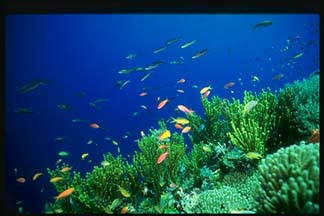School of Anthias over green algae
Click on image for full size
Image courtesy of Corel Photography
Related links:
A Matter of Scale - interactive showing the sizes of things, from very tiny to huge - from NSF
Microscopic Fossils Offer Big Clues to Earth's Climate
Kingdom Protista
Members of the Kingdom Protista are the simplest of the eukaryotes.
Protists are an unusual group of organisms that were put together because
they don't really seem to belong to any other group. Some protists
perform photosynthesis like
plants while
others move around and act like
animals, but
protists are neither plants nor
animals. They're not fungi either - even though some might like to "think" they are!
In some ways, the Kingdom Protista is home for the "leftover" organisms that couldn't be classified elsewhere. You might not think a tiny one-celled amoeba has much in common with a giant sea kelp, but they're both members of this kingdom.
You might also be interested in:

Kingdom Plantae contains almost 300,000 different species of plants. It is not the largest kingdom, but it is a very important one! In the process known as "photosynthesis", plants use the energy of the
...more
About 2.5 billion years ago (BYA), after the iron in the ocean was gone to form iron ore deposits, oxygen began collecting in the atmosphere. Life took advantage of this change and developed eukaryotic
...more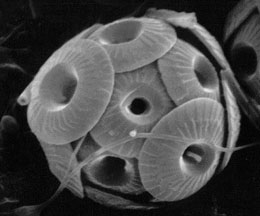
Aerosols are tiny particles or drops of liquid that float around in the atmosphere. For example, tiny flecks of smoke particles from fires or smokestacks are a type of aerosol. Some kinds of aerosols come
...more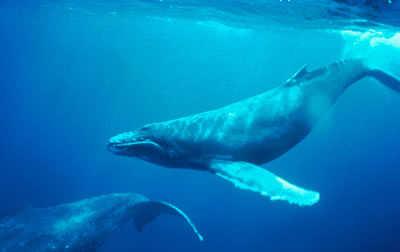
The open ocean, called the pelagic zone, is the largest area of the marine ecosystem. It reaches from coasts to the middle of the ocean. The living things that survive in the open ocean need to have a
...more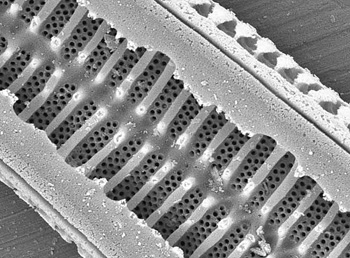
Some scientists look for fossils that are so small they need an electron microscope to find them. The fossils may be small, but what they can tell us about the climate of ancient Earth can be huge. These
...more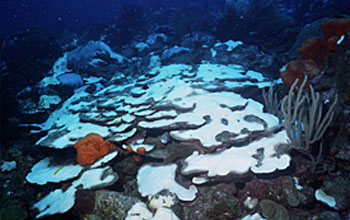
The Caribbean Sea is usually a warm place, but during 2005 it became much warmer than normal. The extra heat put corals in extreme danger. Now scientists have figured out how some corals survived the event
...more
Jupiter's atmospheric environment is one of strong gravity, high pressure, strong winds, from 225 miles per hour to 1000 miles per hour, and cold temperatures of -270 degrees to +32 degrees (freezing temperature).
...more


